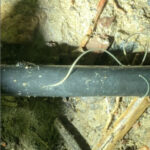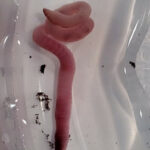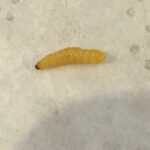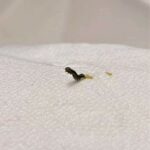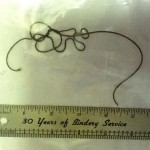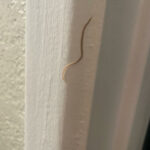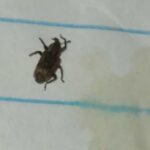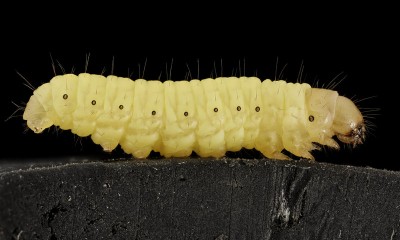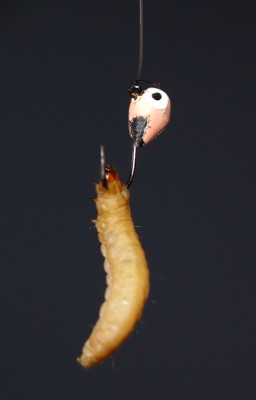Wax worms are a decadent treat for many animals including reptiles, amphibians, birds, some mammals, and fish. Their soft bodies are full of nutrients, including a high dose of fat. In fact, they’re commonly used when a pet needs “beefing up” or has been reluctant to eat. The down side is that wax worms are so tasty, some creatures refuse to eat anything else. Most experts recommend limited access to wax worms to maintain a healthy and balanced diet.
Refrigerator storage is the method of choice for wax worms. A door shelf is preferable, as the ideal temp for keeping them dormant is 50-55 degrees F. Before shipping, wax worm breeders treat them to prevent the larvae from cocooning. Remove the container lid temporarily and be sure to ventilate to eliminate moisture condensation. As long as they remain in hibernation, wax worms remain usable for three or more weeks. Keep them in the original container with the included shavings. Wax worms require no food.
If wax worms turn black, they are either in poor health or already dead. Check contents on a daily basis and discard any that are discolored. Once warmed to room temperature (about ten minutes), wax worms are ready to serve.
Always follow breeder instructions as not all recommend refrigeration. The wax worms may arrive in an early larval stage and require more feeding time to grow. The containers will typically include a medium that they will consume. When they begin attempting to crawl to the top of the container, they are probably ready to enter the pupa stage.
Some owners choose to breed their own wax worms. It’s fairly simple to do and kits are available that make the process even easier. At warmer temperatures, up to about 80 degrees F., wax worms will pupate and in a few days turn into moths. The moths lay eggs, the eggs hatch and the young larvae begin to feed on a honey-based feeding brick. Home formulas consist of honey, cereal, and glycerine. At this point, some of the larvae can be harvested for the fridge, cooled down, and preserved. Others will continue the life cycle.
If you choose to let them cocoon, give them a hiding space from which to hang. Take two small pieces of wood and drive nails into each end leaving space between the two pieces. Place it inside the container and the wax worms will attach and begin to spin a cocoon.
The pupae and adult moths are also attractive as prey food, especially lizards that bask on higher limbs. Wax worms are considered pests, however, and are especially damaging to honeycombs. A wild release of the adults is not recommended.
Always consult with animal experts to be sure wax worms are an option for feeding. Some reptiles and amphibians, in particular, are too small to digest them properly. Bait shops and pet retailers typically stock wax worms and they’re also available through many specialty Internet sites.
All About Worms is always free, always reader-supported. Your tips via CashApp, Venmo, or Paypal are appreciated! Receipts will come from ISIPP Publishing.



